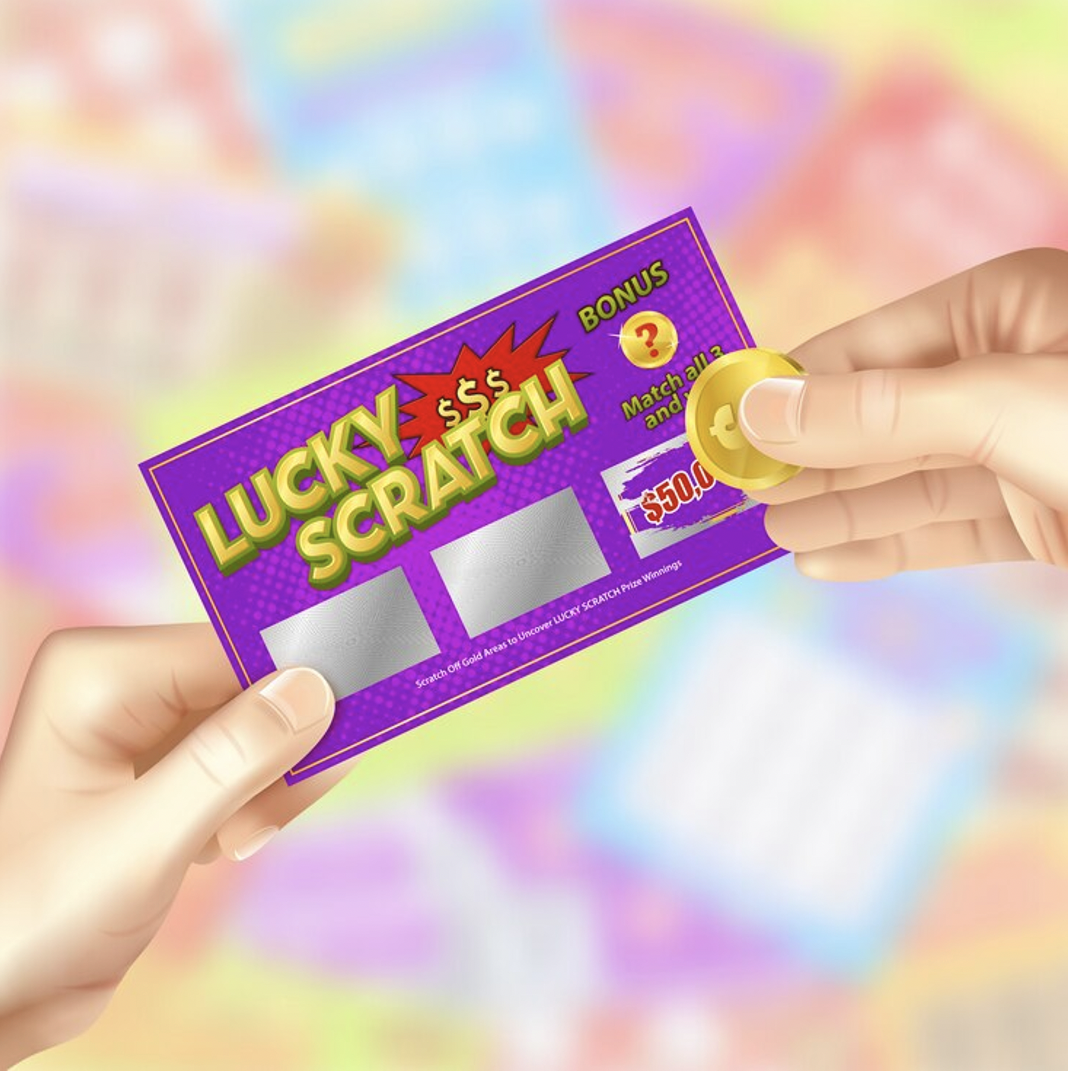
The pursuit of rewards has taken on many forms over the years, transitioning from tactile, paper-based methods to digital formats. This evolution reflects not just a shift in technology but also in consumer behavior, preferences, and regulatory adaptations. What once involved scratching off a thin layer of foil has now transformed into tapping on a screen. While the essence of winning remains the same, the mechanisms and environments surrounding it have changed significantly. Understanding this shift involves looking at both historical context and technological progression.
Scratch cards once dominated the casual gaming landscape, introduced widely in the 1970s. These inexpensive, instant-win formats appealed to a broad demographic. Their simplicity and accessibility were crucial to their rise. Historical accounts and lottery industry analysis suggest that by the early 2000s, instant-win tickets, including scratch cards, generated billions in global revenue annually, with over 30 billion tickets sold worldwide by 2000, according to reporting by Lottery USA.
However, paper-based formats had limits. Physical distribution channels, printing costs, and the inability to dynamically update game structures made them rigid. Digital environments, by contrast, offered scalability and innovation. As mobile usage surged in the late 2000s, the online transition became inevitable.
Social casinos were among the earliest to experiment with virtual formats. They merged gaming mechanics with social interaction, creating systems that relied on non-cash tokens for access to play. This model offered flexibility. For instance, platforms developed ways to keep the entertainment going for longer by introducing tiered virtual currencies. These systems allowed users to experience a variety of outcomes and features without the need for direct purchases or cash-out mechanisms.
The rise of smartphones brought new patterns. According to Pew Research, by 2014, more than half of Americans owned a smartphone, and app-based gaming became widespread. With this shift came a new layer of personalization. Algorithms could tailor gaming experiences in real time, and user interfaces became more interactive. Features such as animated reels, gamified progression systems, and integrated social sharing allowed users to feel more engaged.
Virtual winning also changed the psychology of interaction. Research from the University of Waterloo noted that digital interfaces could simulate reward anticipation more frequently than traditional formats. Games could be structured to offer intermittent reinforcement, a strategy known to increase user engagement.
This was further amplified by the introduction of promotional models in various platforms. Winning was no longer only about luck or probability; it now included achievements, loyalty milestones, and streak-based rewards. Technology enabled developers to incorporate complex reward mechanisms that adjusted in response to user input.
Design has played a critical role in the transition from scratch cards to digital formats. Early scratch cards relied on visual simplicity: match three symbols, reveal a prize. In digital formats, design expanded into interactive narratives and theme-based visuals. The mechanics moved beyond simple matching into layered systems, including progress bars, unlockable features, and event-based competitions.
Developers also began employing real-time feedback loops. These offered instant responses to inputs, enhancing the feeling of control. Unlike the one-and-done nature of scratch cards, digital systems allowed recurring interactions within a single session. This transformation redefined what it meant to "win," making it less about the prize and more about the journey.
Another key driver of evolution was regulation. Digital platforms had to adapt to the legal frameworks of multiple jurisdictions. While scratch cards operated primarily under state lottery commissions, online systems often fell under broader digital commerce laws. To meet these conditions, many platforms employed token-based systems that separated gameplay from monetary outcomes.
Accessibility also expanded. Unlike scratch cards, which were limited by geographic availability and retail presence, digital winning formats became accessible globally. This opened up markets in regions previously underserved by physical formats. Cloud-based infrastructure and international servers allowed for seamless participation across time zones and devices.
Today, the concept of winning spans multiple formats: mobile applications, browser-based games, social media integrations, and even augmented reality. These systems are no longer constrained by format or geography. Developers focus on experience over endpoint, with rewards embedded as part of a broader interaction model.
Contemporary platforms often blend elements of traditional gameplay with modern user interfaces. While the nostalgic appeal of scratch cards still holds for some, the evolution toward interactive, scalable, and customizable experiences signals a broader shift in user expectation and technological possibility.
As winning mechanisms continue to evolve, they increasingly reflect a hybrid of innovation, regulatory adaptation, and user-centric design principles—an ongoing journey shaped by both past precedents and emerging trends.